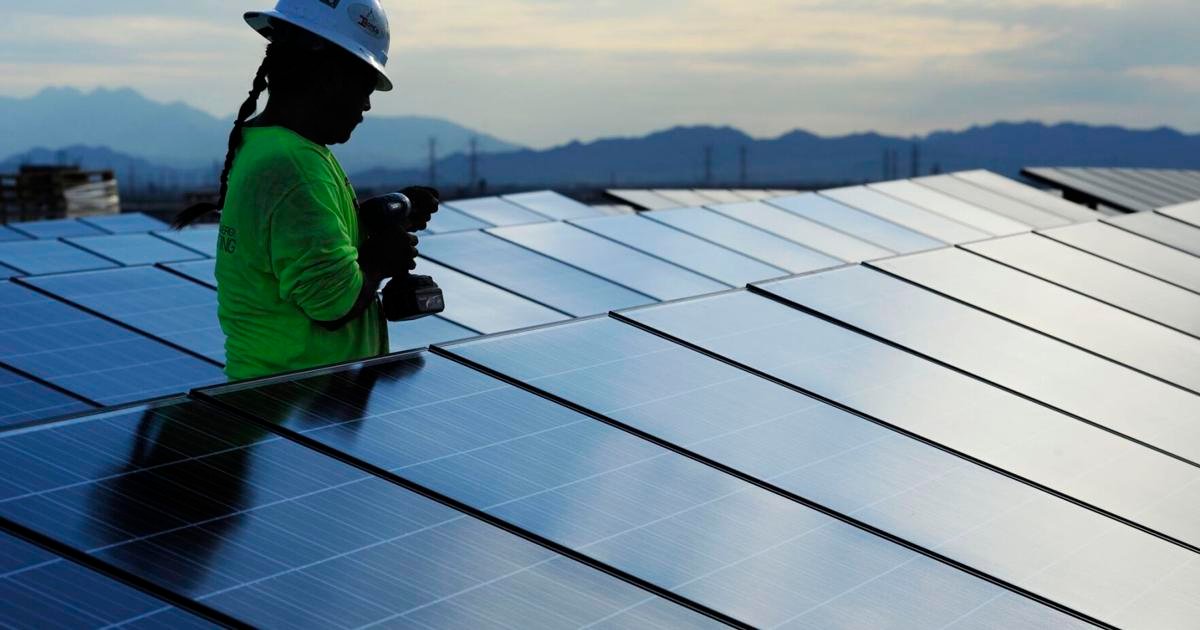Business
Alternative Energy: A Tale of Opportunity and Challenge for Havasu Businesses

Lake Havasu City residents are increasingly exploring solar energy as electricity rates rise. This shift reflects a growing desire among homeowners and businesses to manage their energy expenses more effectively.
Randy French, CEO of Havasu Solar, reports a notable uptick in inquiries about solar installation. He emphasizes the importance of understanding the financial implications before making the switch. “People are looking for alternative ways to reduce their energy costs,” he said, adding that solar energy offers homeowners a chance to stabilize their electricity expenses.
The cost of transitioning to solar varies notably depending on payment methods. Those opting to pay in cash will face significant upfront expenses. French explained, “If you spent $25,000 on the solar system in cash, then your electricity the first year costs you $25,000.” This means potential savings are evaluated over several years.
For many, financing presents a more accessible avenue, though it doesn’t eliminate monthly payments. Despite possible challenges in securing commercial loans, recent interest rate reductions may enhance funding opportunities. French remarked, “In the past finding commercial lending has been like finding a unicorn,” highlighting historical difficulties in accessing capital.
Local businesses like The Bunker Bar, which operates on solar power, serve as examples of successful adoption. Co-owner Matthew Caley has praised the off-grid capabilities solar offers. Conversely, College Street Brewery’s General Manager Stephaine Martin noted that the brewery is transitioning to solar due to sharp increases in electricity costs this summer, a consequence of UniSource’s rate hike.
Martin mentioned that the brewery is also adjusting air conditioning settings to mitigate expenses in an environment notorious for heat. However, not all businesses find switching to solar feasible. Regan Ross, owner of The KAWS, recalls past research that revealed high initial installation costs, making it prohibitive at the time.
Despite some hesitancy, Ross observes a trend among businesses considering solar if installations become financially viable. French summarizes the decision-making process succinctly: “Are customers getting a lower payment, and are they fixing their payment for decades?” This question lies at the heart of the energy transition for many in Lake Havasu City.

















